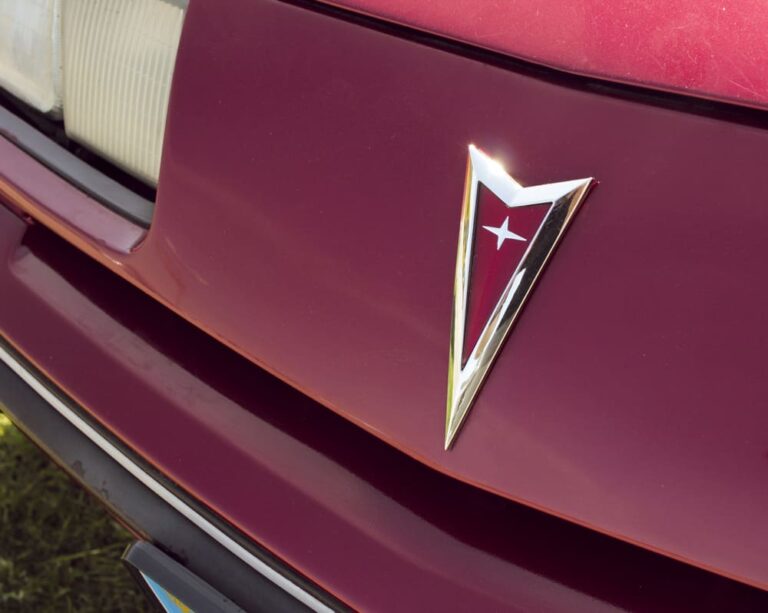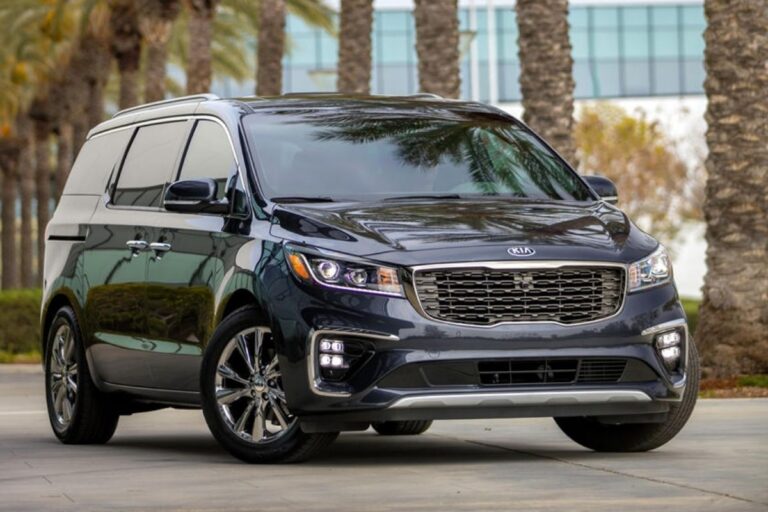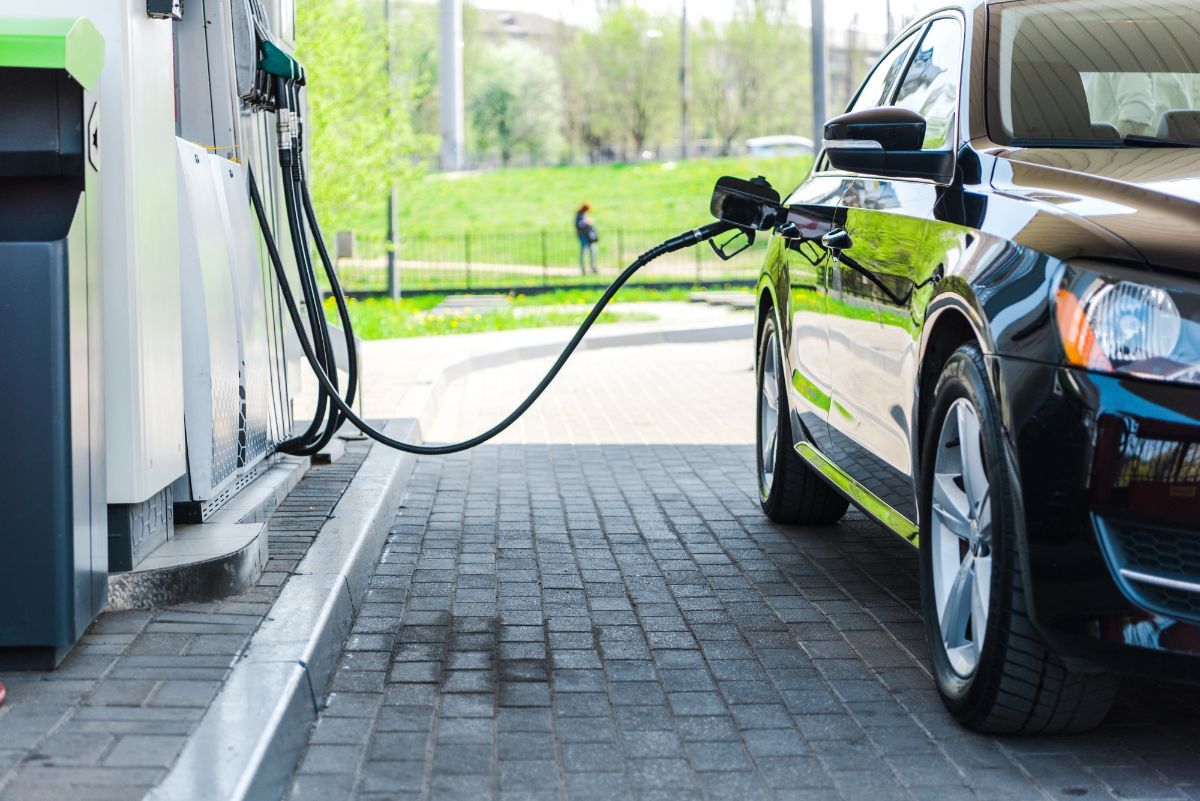
To answer the question directly, electric vehicles do not use oil. A gasoline car engine is powered by pistons, valves, valve springs, connecting rods, crankshafts, bearings, cylinders.
They all need oil to reduce friction when these components come into contact with each other. Reduced friction means less heat, corrosion and wear in an engine. Without oil, the parts of an engine would fight each other instead of working in harmony. They will eventually stop moving and get stuck.
One of the key benefits of having an electric vehicle (EV) is that it has fewer moving parts and therefore lower maintenance costs. They do not use motor oil as they use the electricity stored in the batteries to start the car’s engine.
What About the Maintenance of Electric Vehicles?
Electric vehicles require other lubricants that require maintenance. The amount of maintenance that needs to be done varies from model to model. As always, I consult the owner’s manual for proper fluid maintenance planning.
Is the Transmission Oil Relevant?
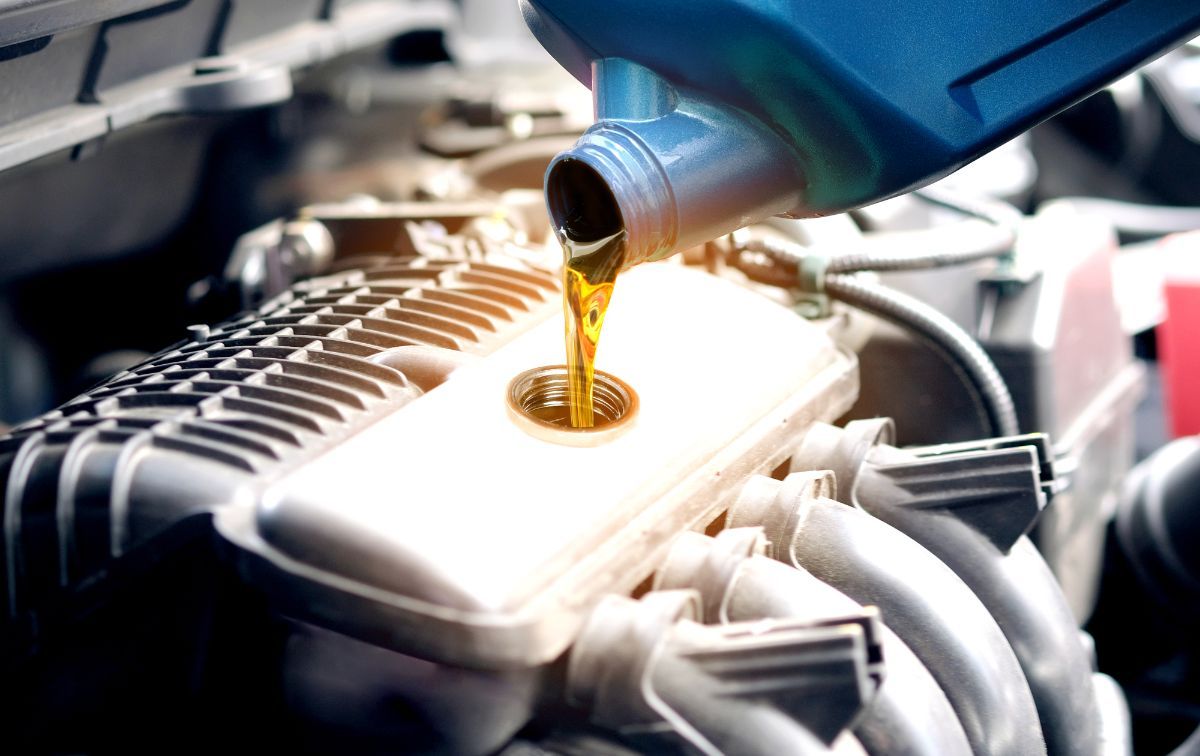
Electric vehicles use transmission oil, usually between 1 and 2 liters, although it is not usually necessary to replace it throughout the useful life of the car. In the same way and, like any car, they have brake fluid that must be replaced every two revisions, as stipulated in the maintenance programs.
Also, like the rest of the cars, they have windshield washer fluid that must be refilled when the level drops. The refrigerant gas for air conditioning, which is normally R134 and if there are no leaks in the closed circuit, should never be recharged.
While most electric vehicles have single-gear motors that can go from 0 to 10,000 RPM (or higher on some models), a gas car needs multiple gears to go from lower revs to higher revs. Gearless electric vehicles do not require motor oil to lubricate the gears.
Electric vehicles have transmission systems that require fluid maintenance, but due to the specific type of fluid required, it is not recommended that consumers attempt to change it themselves.
What Effect Does the Battery Cooler Have?
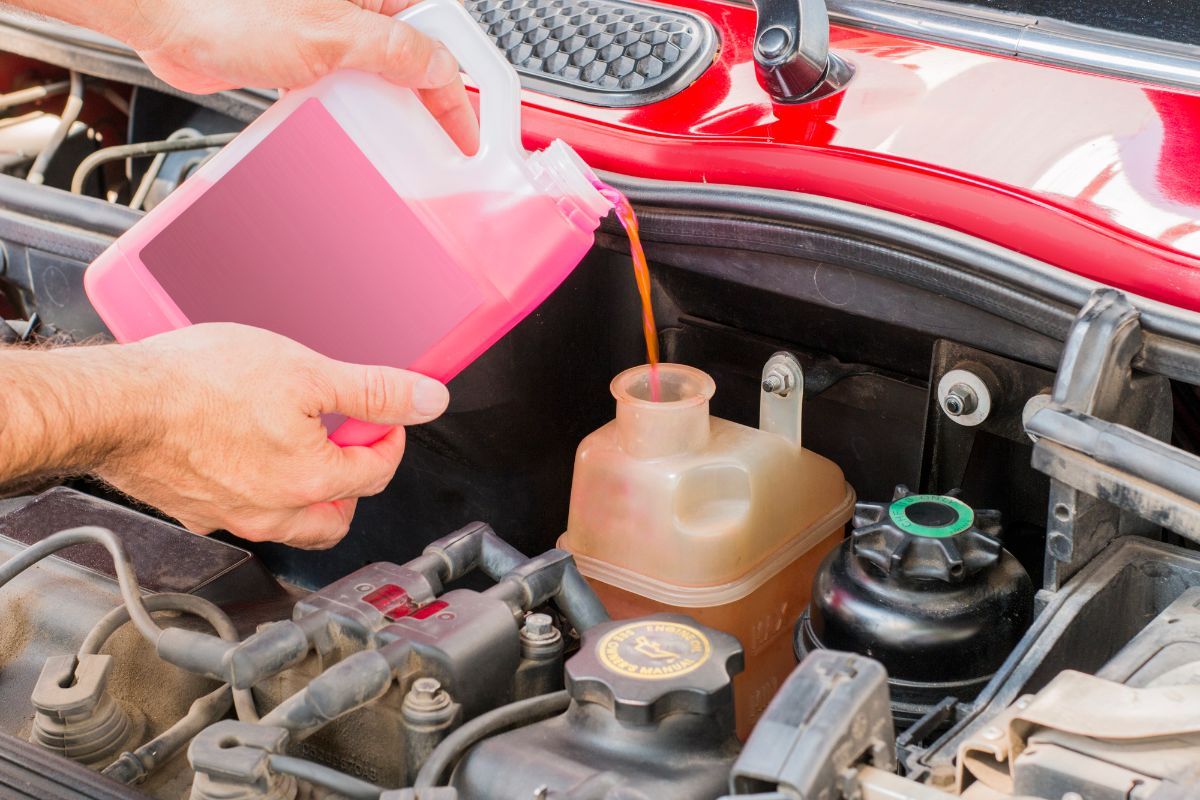
Lithium-ion batteries in electric vehicles need coolant to prevent them from overheating and catching fire. However, EV batteries are sealed for safety reasons and any coolant maintenance will need to be performed by a dealer in accordance with the vehicle’s maintenance schedule.
While Tesla no longer recommends replacing the battery coolant in its vehicles, as with older models, the Chevy Bolt has a recommended replacement rate of every 150,000 miles.
What About the Brake Fluid?
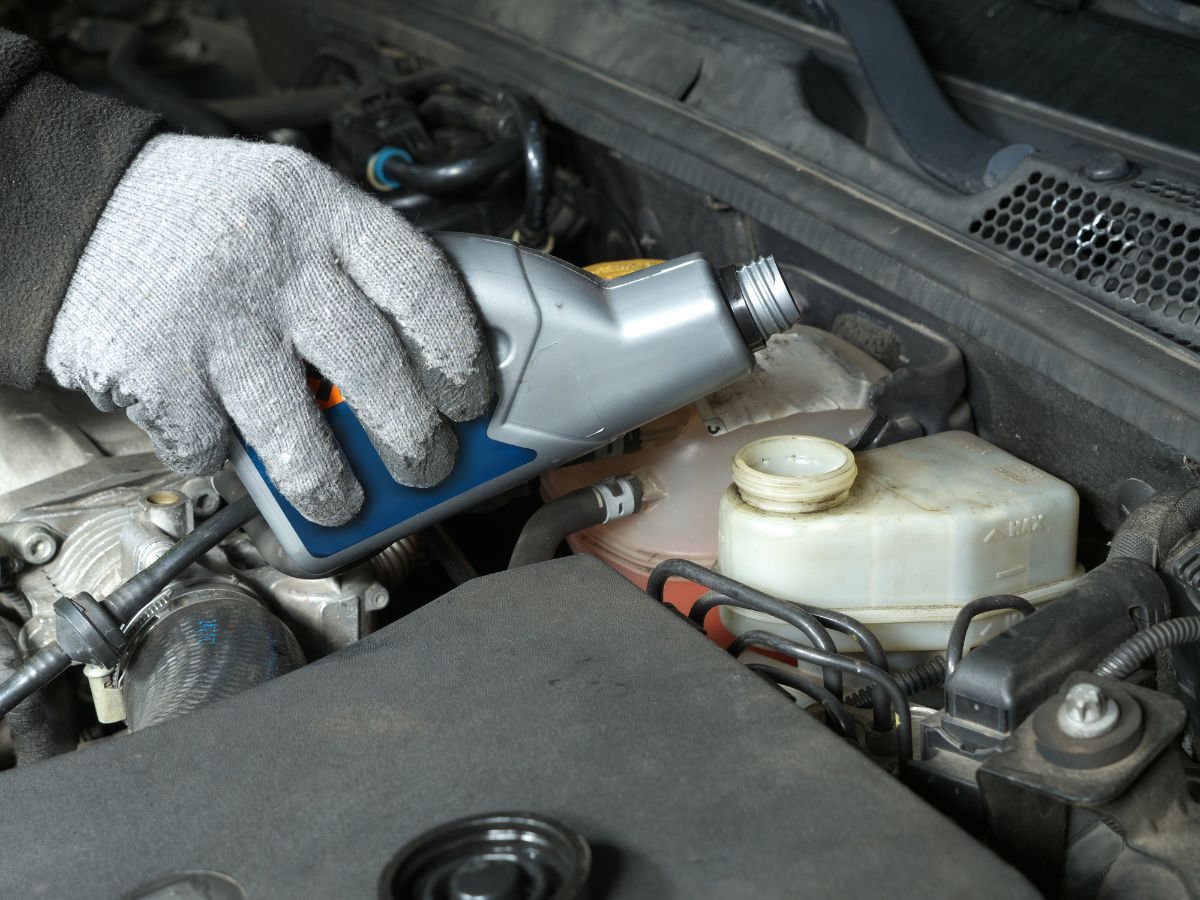
Like gasoline cars, electric vehicles have brake fluid (also known as hydraulic fluid) that requires regular maintenance. But in an EV, the brakes are used less frequently due to regenerative braking.
Regenerative braking allows the EV motor to send power back to the battery while slowing the car down. This reduces brake pad wear but is not necessarily a regular brake fluid change.
For a gasoline car, the recommended brake fluid change interval may be between two and five years, or once every 32,000 km (for Mercedes-Benz3) to every 72,000 km (for Chevrolet Malibu4). The autonomy of electric vehicles is approximately the same.
What Are the General Oils?
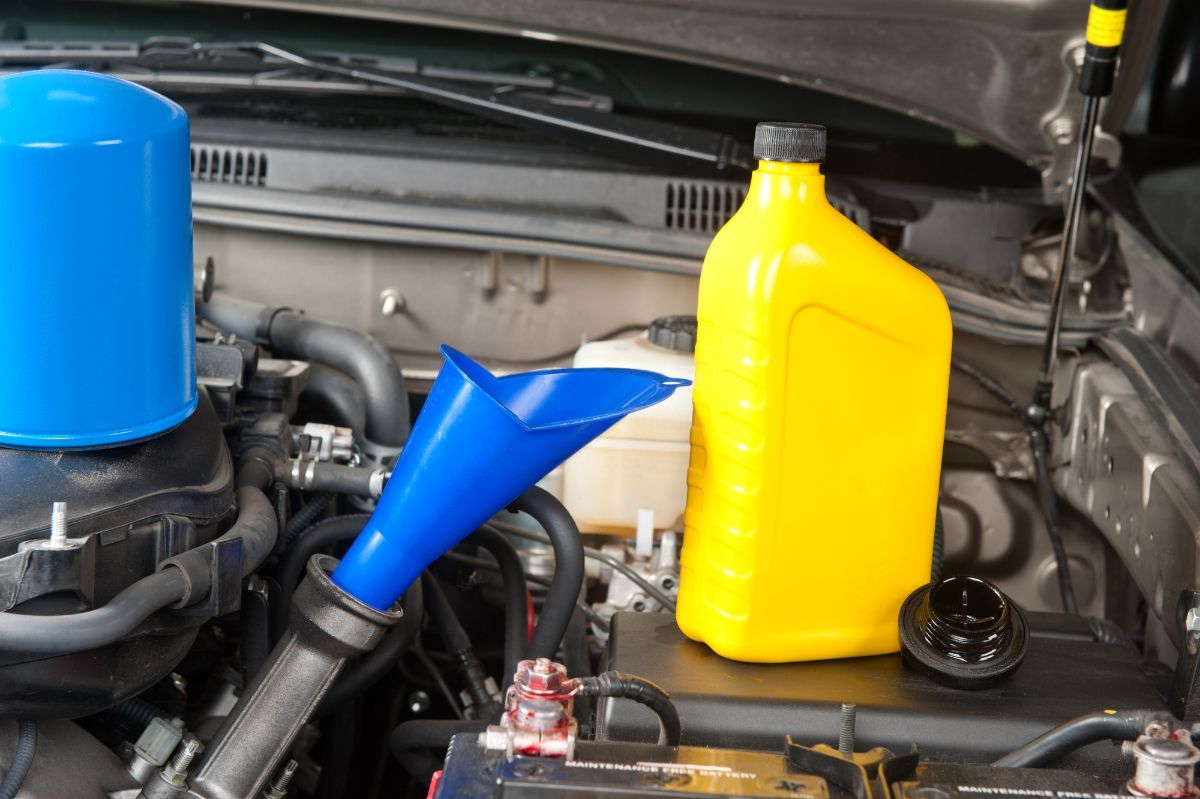
It should come as no surprise that replacing windshield washer fluid is no different between an EV and a gas-powered car.
The same goes for steering fluid (for cars with power steering, which is becoming rarer), air conditioning fluid, and oil used for suspension systems, door locks, wheel bearings, and other small moving parts.
When it comes to servicing any car with a combustion engine, whether it’s gasoline, diesel, gas or hybrid, it’s essential to change fluids, from engine oil to coolant to transmission oil.
Electric cars, however, do not need oil to lubricate their motor, but they do use other essential liquids to guarantee their operation.
In addition to needing maintenance to check all the elements of the electrical system, such as the cables or the battery, the zero-emission models require maintenance to replace the coolants that are responsible for keeping the engine temperature at bay.
How To Compare Gasoline and Electric Vehicles?
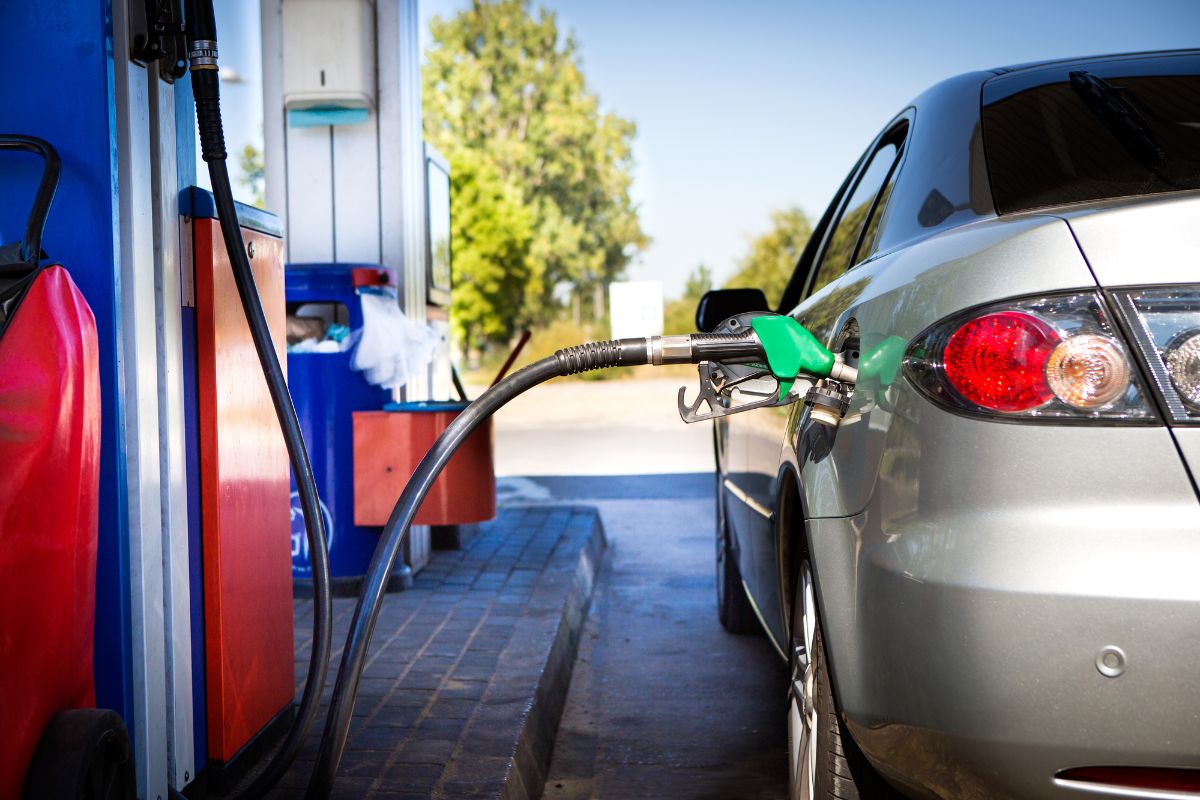
The main liquid that distinguishes an electric car from a gasoline one is gasoline, and this is where the cost savings are greatest. Calculating the cost of the electricity required to drive an electric vehicle can be complex compared to the cost of gasoline.
While these costs can vary based on the efficiency of gasoline vehicles, the efficiency of electric vehicles also varies from model to model. And just like gas prices, electricity costs vary from city to city.
Conclusion
Are the fluids used by electric cars the same? The answer in the case of brake and windshield washer fluids is yes, but they do not use the same oils for transmission and electrical system cooling.
As Shell points out, “electric vehicles also need oils to function, but current lubricants, developed for internal combustion engines, generally do not meet the performance requirements of high-tech electric vehicle systems, which require ultra-low viscosity oils.”



